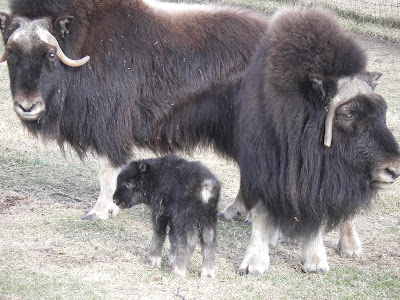
My brother Tom sent this picture that he took in Omaha on Saturday. Thanks Tom, for reminding us why we moved to balmy Alaska!!!! Saturday in Palmer brought partly cloudy skies and a temperature of 54*. On Sunday it got up to 60* and lots of sunshine. Saturday afternoon we took our camper to Hatcher Pass (about 25 minutes from our house)and stayed overnight. We are currently watching the baseball playoff game in Colorado. B-r-r-r-r!!!
Armed with our bear spray, we hiked two miles up the Gold Mint trail. We met several hikers coming back down the trail as we headed up. When we returned, we were just one of two cars left in the parking lot. We passed several beaver lodges and beavers dams. We didn't actually see any beavers.

There are hundreds of little streams and waterfalls that feed into the Little Susitna River. It was running fast because the mountains had had LOTS of snow on them. We had Chinook winds on Friday night and Saturday that melted almost all of the snow on the peaks. Three days ago, the peaks you see in these pictures were completely covered with snow.

Little Susitna River --It was right below our camper. We could hear the river all night.
When we got back from our hike we started a fire and
sat by the fire for a couple of hours.

This is the view we woke up to on Sunday morning.
Again, note the absence of snow on the mountains.
Again, note the absence of snow on the mountains.


The river is down a steep hill behind our camper.

Sunday morning we walked up the road about 1/2 mile and looked back on our campsite. Our camper is the one on the right. The other camper pulled in about 11:00 PM Saturday night. The vehicle on the left came on Sunday morning. Three guys got their bikes off the trailer and headed up the trail on their bikes. The building on the left with the green rook is an outhouse. The trail starts right behind the outhouse. There is also a large sign with bear warnings and wanring about being prepared to go off hiking (having water, adequate clothing, etc.) We saw lots of moose tracks along the raod on Sunday morning.

View of our valley from the Hatcher Pass road.

When we arrived home, one of our resident eagles was in the tree. They sit in the tree three houses away from our house. Note the blue sky and complete lack of snow (or termination dust as they say here in Alaska.)













































